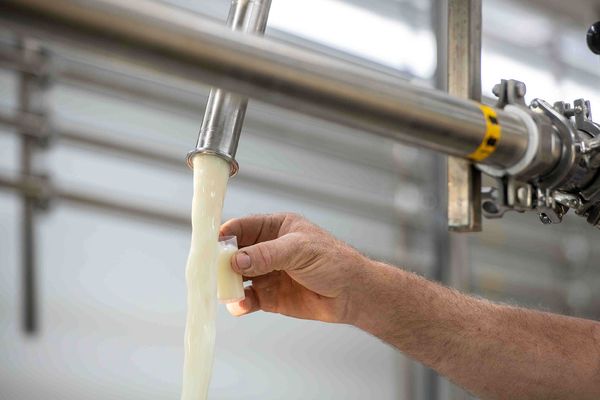
The first Russian photolithography tool, capable of producing chips with a 350 nm process technology or thicker, has been built in Russia and is undergoing testing in Zelenograd. This mature technology is currently used for some automotive and power chips, though it could be used for military equipment too. We estimate that the new piece of equipment is about 30 years behind the industry.
"We assembled and made the first domestic lithographic scanner," Vasily Shpak, Deputy Minister of Industry and Trade of Russia, told TASS. "It is currently undergoing testing as part of the technological line in Zelenograd."
This development marks a significant milestone for Russia's technological capabilities in semiconductor manufacturing. Yet, a 350nm (350 micron) is an extremely outdated technology by world-class standards. Intel made its Pentium MMX, Pentium Pro, and initial Pentium II processors on this node in 1995 and 1997, respectively, whereas AMD used this node for its K6 processor in 1997.
Even for Russia, a 350nm fabrication process may be considered outdated as two of the country's contract makers of chips — Angstrem and Mikron — do not offer this production node. Angstrem has a variety of technologies ranging from 250nm to 90nm, whereas Micron has processes ranging from 250nm to 90nm.
For now, it is unclear how the Russian lithography tool can be used commercially, but we can guess that its main goal is to serve as a development vehicle for more sophisticated litho machines.
Russia's semiconductor sector is developing at a much slower pace than the country's government announced in 2023. Previously stated short-term objectives include ramping up local chip production using 90nm technology by the end of the year, with a long-term goal of establishing 28nm manufacturing by 2027, and then 14nm node by 2030.
An avid reader would ask why Russia needs advanced chipmaking tools if it cannot develop sophisticated chips due to a lack of local talent and the latest electronic design automation tools. It also does not have domestic raw materials to make chips on modern technologies. Furthermore, Russian entities can no longer license advanced CPU cores or chip IP, so they cannot even buy-in the technologies they need to build advanced processors.







